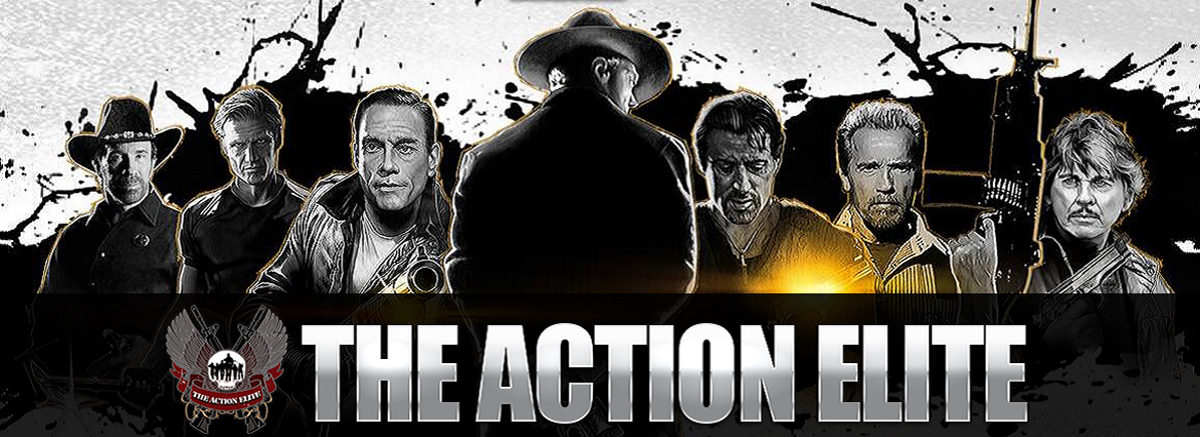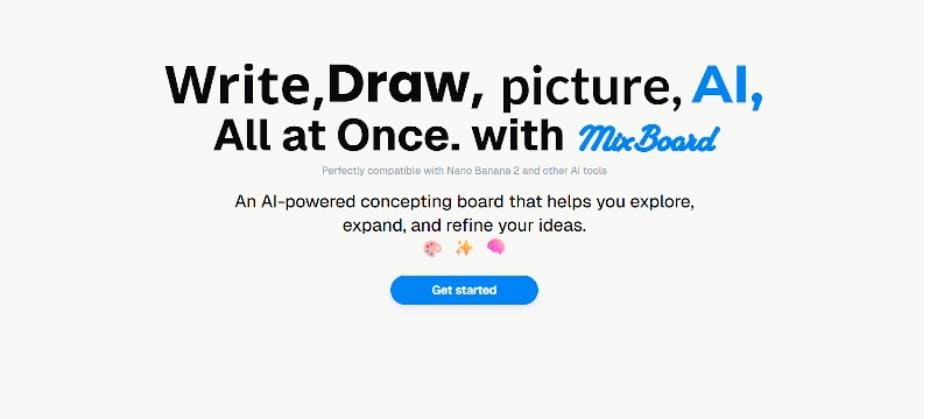Table of Contents:
- Google Mixboard: Where Creativity Meets Collaboration
- Nano Banana: Adaptive AI for Designers
- Google Nano Banana AI: Real-Time Visual Innovation
- Streamlining Teamwork With Google Mixboard
- Guiding Creativity Through Intuition
- The Future of Collaborative AI in Design
Google Mixboard: Where Creativity Meets Collaboration
Collaboration often gets in the way of innovation, particularly when teams have to manage multiple feedback loops with different versions of files, or work on incompatible software platforms. Google Mixboard attempts to solve this problem by creating a live, interactive environment for multiple team members to collaborate at the same time.
Any change is instantly reflected dynamically, with Updates being AI-integrated for error-free and non-redundant processing. This is not only so much faster to work with — it also results in cohesion and clarity.
Never again will you have to juggle tangled threads or unlabeled files, and say goodbye to endless “final_v12” revisions. Whether teams are in the same office or distributed across time zones, Google Mixboard provides an environment for all to work synchronously and without any stopping. More than being a practical efficiency, it’s also one which fosters creativity, enabling team members to be nimble with exploration and rapid prototyping without fear of technical friction or lost work.
Nano Banana: Adaptive AI for Designers
Nano Banana 2 builds upon Google Mixboard and extends its capabilities with an AI that is not only adaptive but fully interactive as soon as you apply your creativity. In this way, designers can play with color palettes, lighting, typography or composition while the AI adapts each change into a coherent project. Nano Banana is not simply a device for automation, but also the improvement of human decision-making by simulating how such changes would impact the global design.
Every change is instantly absorbed and reflected across the company workflow, making it possible to remain visually consistent while pushing new ideas.
The AI also learns from repeated inputs over time, and gradually it starts to mold itself around each user’s preference and stylistic tendencies. This collaboration transforms a series of dull chores into a living, breathing experience – where the humans’ intuition, and the AI’s adaptation, can catch up with each other to create designs that inspire.
Google Nano Banana AI: Real-Time Visual Innovation
Nano Banana Pro with trio pals Real-time visual updates, predictive design help and context-aware suggestions 10 Sketches that Everyone Has in Common Google’s latest inspiration. Unlike traditional software, this AI layer isn’t passively following commands — it anticipates needs, suggesting improvements and ensuring visual harmony across every element. When someone on a team changes a component, the related assets are automatically adjusted by Google Nano Banana AI to retain balance and consistency.
This predictive intelligence eliminates time consuming work for designers – giving them more time to experiment and make creative decisions, not manual ones. The result is a space where ideas naturally develop, feedback is instant, and the loop between learning, creating and sharing never slows down. Can you provide some use cases? Teams can iterate more quickly, make bolder experiments, and create higher-quality work which maintains a visual cohesion throughout the project.
Streamlining Teamwork With Google Mixboard
img alt: Google Mixboard enables seamless, real-time AI-guided collaboration.
Google Mixboard takes the friction out of collaboration by making teamwork intuitive and transparent. No more chasing feedback via email or reconciling conflicting file versions. Designers, illustrators and content creators can collaborate side by side in the same shared workspace and everything is updated in real-time right down to edits, comments and suggestions.
All gestures are recorded in real time and guided back by the AI, so you can control records perfectly. This means teams get to spend time on creativity and not overhead, building a cultural of trust, transparency and shared ownership together. More than simply productivity, this instantaneous interface enables a collaboration that feels like second nature – intuitive idea sharing and the facilitation of project timelines in record time without sacrificing quality.
Guiding Creativity Through Intuition
And modern design is more than mastering software, it’s using tools brilliantly to achieve expressive results. Google Aggregation provides mechanisms for users to assist in steering the AI technique through behavioral cues, sophisticated feedback, and iterative response choices. This opens up creative options that allow for personal style but still results in cohesion.
Both are improvements of the original Nano Banana as they respond to minute hints at human input and transform them into refined, high-quality outputs.
Designers can deal more with storytelling, feeling and aesthetic vision, and the AI takes on the repetitive or technical adjustments. It’s this combination of human to creativity plus another helping hand from AI that lets them try new things, be innovative and push the limits of their craft freely and without the risk of inconsistency or mistake.
The Future of Collaborative AI in Design
Google Mixboard + Nano Banana AI Present Narrative Jam Vol The pride of collaboration meets the future. Now teams can prototype ideas more quickly, iterate fewer times and not have to reset between experiences, so they consistently produce good output. It’s more than a productivity output; the combination of humans’ creativity and AI’s reactivity is the beginning of thoughtful, emotional design processes because da Vinci can “read” you and most designers cannot.
AI is evolving rapidly, and there are few platforms like Google Mixboard where teams can work together to innovate, stay truer to their artistic vision, and build digital experiences that are rich and intricate. These capabilities, coupled with predictive AI, real time updates and adaptive learning will make creative collaboration not only more productive, but even more motivating—empowering teams to bring ideas the couldn’t in a traditional workflow.






